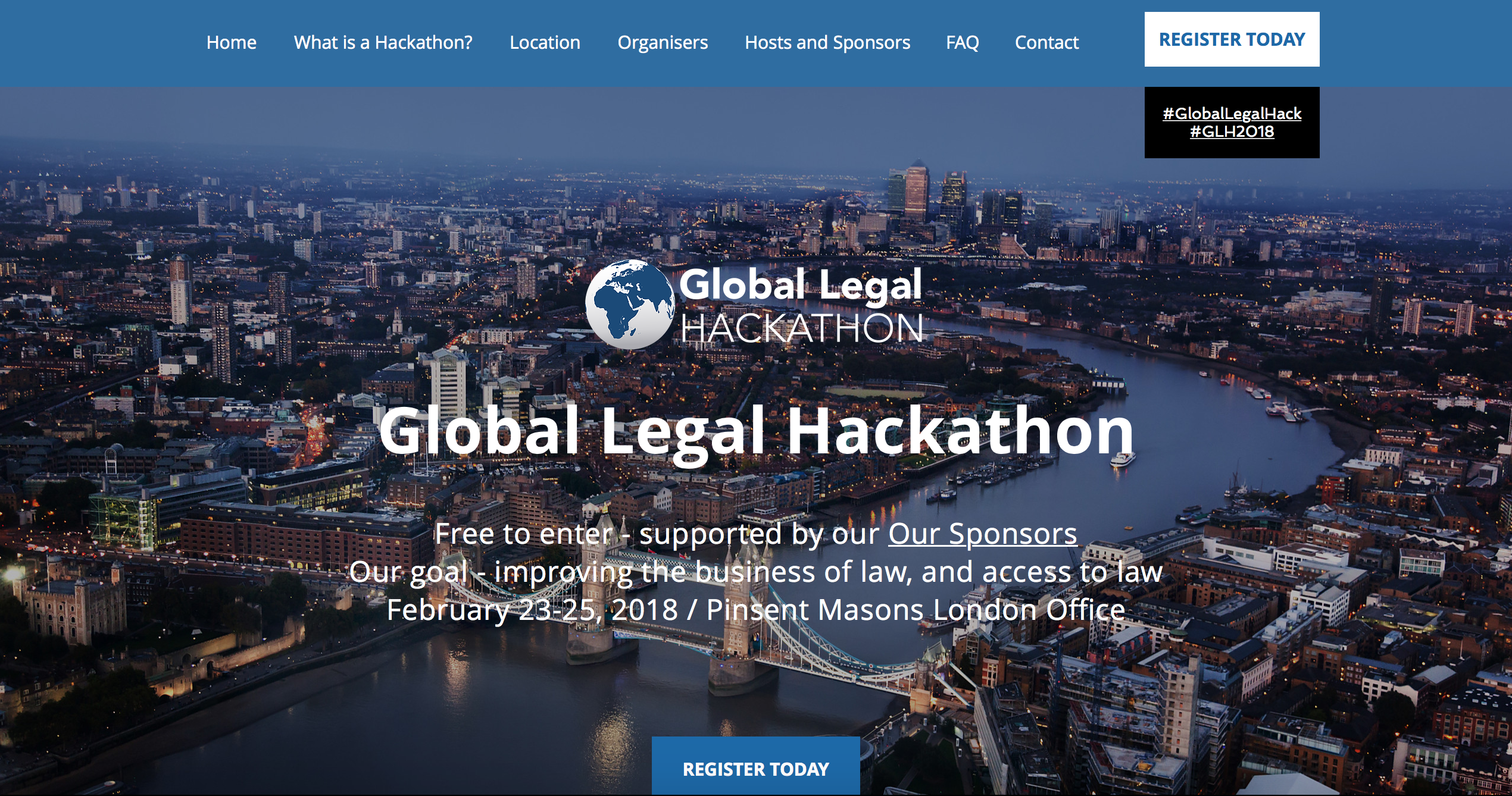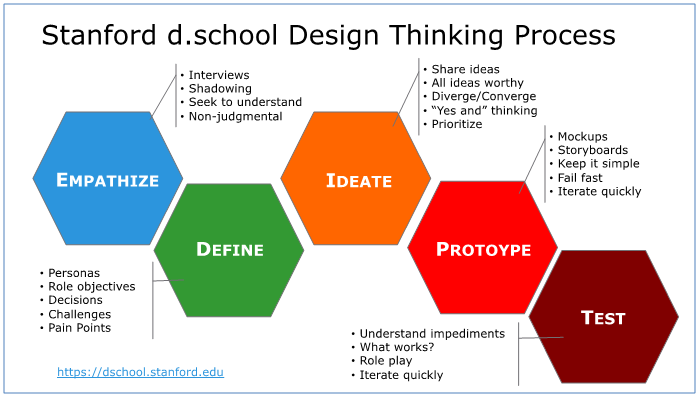What happens when you get a bunch of lawyers, coders, designers, consultants and marketing types with their laptops and cloud platforms together over a weekend? Well, we think it will turn in to something special!
Just over 3 weeks ago Agile Elephant volunteered, along with Cambridge Strategy Group and Pinsent Masons to host the London stream the Global Legal Hackathon (GLH). We mean this weekend, 2 days time on February 23-25 at Pinsent Masons’ london office in the City. A winner will be declared for London on Sunday and that team will go through to a global competition with all the other cities, culminating with a winner announced at a banquet in New York on April 21. This will be the world’s largest legal hackathon happening simultaneously in over 40 cities and 20 countries.
All of the details and how to register are at: LegalHackathon.London
It’s been a mad 3 weeks getting our act together, using social media to connect and get the message out. Our friends at diginomica have written about it this way:
Law firm Pinsent Masons hosts upcoming Global Legal Hackathon London
Over on CompareTheCloud I did this guest post:
Join the World’s Largest Legal Hackathon this weekend
The Law Sites blog has thrown down a worthy gauntlet and challenged us to change the world for the better with:
But just in case you haven’t seen the details, here is what it’s all about and where we are at with 2 days to go.
What is the goal of a team entering the GLH?
The goal is to apply innovative ideas and emerging technologies to progress the business of law or facilitate access to justice for the public. Teams of 3 to 6 will come up with a prototype or proposal at the end of the hackathon to present in front of a panel of judges. We expect ideas using technologies like AI, Machine Learning, Chatbots, Blockchain, or the Internet of Things.
Where and when?
At Pinsent Masons office at 30 Crown Place, Earl Street, London EC2A 4ES, (including their client centre on the 15th floor with stunning views over London) over the weekend of February 23-25. 18:00 start on Friday, working all day Saturday and most of Sunday, judging takes place from 16:00-18:00 on Sunday and a winner will be announced before 19:00.
Who are the Judges and Mentors?
Our judges are Christina Blacklaws, Deputy Vice President of the Law Society, Frank Jennings the “Cloud Lawyer”, and Dr Richard Sykes chair of the Cloud Industry Forum and Joanna Goodman, Author and IT columnist for the Law Society Gazette.
Our mentors, to help advise and keep the teams on track include Sophia Adams-Bhati, Julie Gottlieb, Richard Tromans, Silvia Cambie, Dennis Howlett, Alan Patrick, Janet Parkinson, Rob Millard and me.
Who is supporting this?
There are a lot of people to thank! IBM and Microsoft are providing developers some free access to their cloud platforms. LexisNexis & JG Consulting are our local sponsors. The Law Society, the Society for Computers and Law and Disruptive.Live are supporting us too. The Global sponsors are Integra, IBM Watson Legal, the Global Legal Blockchain Consortium, Cadence, LawDroid and ONE400
Who will be Hacking?
We’ve got teams entered from LexisNexis, Pinsent Masons, Vodafone, and Hult International Business School. Other participants are coming from IBM, Fliplet, Jurit LLP, Hook Tangaza, Sumitomo Electric Finance UK, Said Business School, Legalytics, Cliffe Dekker Hofmeyr Inc, The Incorporated Council of Law Reporting for England and Wales, European Banking Authority, The Founder, Legal Utopia, The Law Society, Bryan Cave, Queen Mary University, Thomson Reuters, Kitmobs, Look, YADA Events, Teal Legal, Bank of America Merrill Lynch, City University, Oxford University, and Westminster University. We’ve got capacity for 110 and 12 teams, but we still need more participants to sign up.
How can you get involved in the GLH?
- Hacker teams and team members – Anyone involved in the law, interested in the law, involved in technology for the law, or coders and technologists who want to join the fun. We know some firms will submit teams, and other teams will form around a great idea at the GLH.
- Helpers – We need volunteers over the weekend to make it happen and keep everyone happy.
- Mentors – We need subject matter experts and technologists who can mentor the teams over the weekend to help crystallise their ideas, challenge them, or keep them on track.
- Judges – We’ve got 3 great judges, but may add 1 or 2 more.
- Sponsors – As well as the venue we will be providing food and drinks, name tags and supplies. We may even add a main prize and additional prizes. We need sponsors interested in helping us fund all of this – modest amounts in the range £250-500. This is a ‘not for profit’ exercise for the hosts, but we need to cover our costs (mostly pizza and drinks).
Follow us on Social Media
We will use social media hashtags #GlobalLegalHack & #GLH2018. Follow the GLH on Twitter at @WorldHackathon and the London organisers @robmillard & @DT. GLH have also partnered with legal media sources ArtificialLawyer.com and Legal Talk Network. Our friends at Disruptive.Live will be generating video and live content and diginomica and the Law Society Gazette will be reporting on the event.
We want to have fun, and really make a difference for the legal profession. Will we? Please come and join us and find out!


